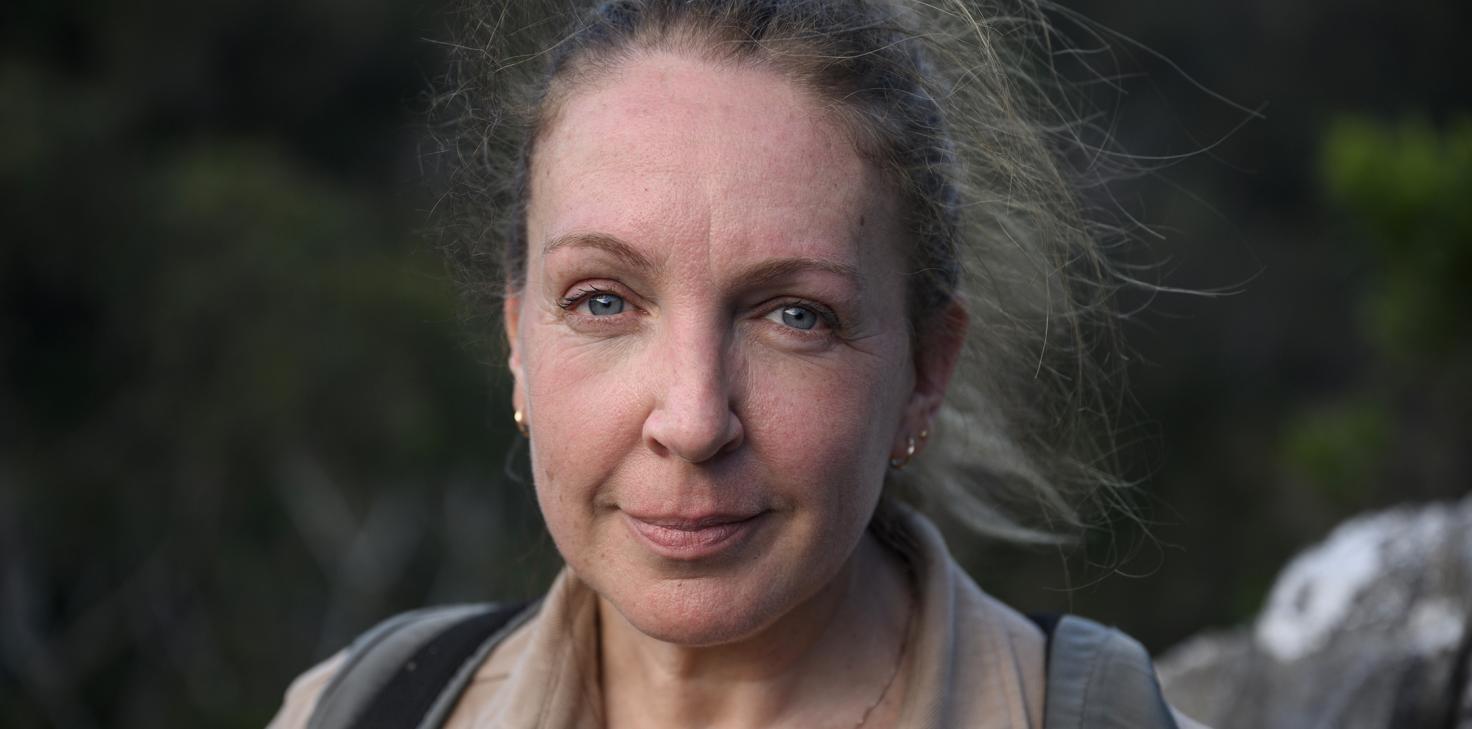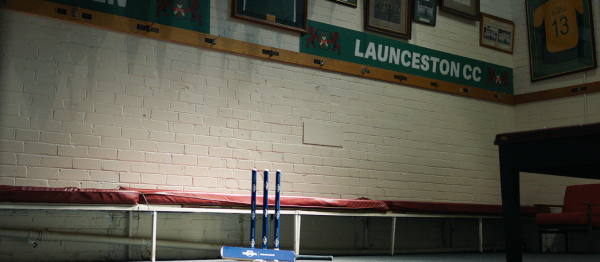26 June 2023
Out of the fire: helping Brush-tailed Rock-wallabies thrive again
This Moment of Help has its roots in the disastrous Black Summer bushfires that could have destroyed a population of endangered Brush-tailed Rock-wallabies in NSW. Today, the group of furry marsupials is thriving thanks to the efforts of some very dedicated National Parks and Wildlife Service staff.

It’s 7am in the Blue Mountains of NSW, in Gundungurra Country, and Michaela Jones and her colleague Trent Forge, both threatened species officers at the NSW National Parks and Wildlife Service (NPWS), are clambering over rocky escarpments full of caves and ledges.
They’re in search of cages in which they’ll find endangered Brush-tailed Rock-wallabies, temporarily trapped so that they can check on their health and progress.

Michaela and Trent make up the NPWS Blue Mountains Saving Our Species team, part of a dedicated conservation unit that focuses on the long-term protection of threatened flora and fauna.
This morning they’ll individually identify the Rock-wallabies –all given names starting with T like Tyrone and Toblerone if they are born on site – as well as check on their musculature, skin, eyes and general health and see if they’ve got a joey in their pouch.

“Every second trip a senior vet comes from Taronga Zoo to do a more thorough health check, take blood samples and check for disease,” explains Michaela. “We also microchip any new animals that we catch so we can follow them for up to the 15 years of their life. It also gives us a really good idea of the number here at Jenolan Caves and whether our threat management including fox control is having a positive impact.”
Right now, Michaela is celebrating the fact that there are 135 Rock-wallabies scrambling over cliffs and sunbathing in the rocky location.

Three years ago, after the Black Summer bushfires, her heart was broken by the idea that the furry marsupials she has come to love may have all perished with almost no bushland untouched by fire across the surrounding landscape.
“I was really worried about the impact of the fires on the Rock-wallabies. There was a lot of dead wildlife and no food was left for the surviving animals.”
A long-running drought, that preceded the bushfire disaster also served to reduce the marsupials’ food supply.

Action was taken fast. Helicopters scattered tonnes of carrots and sweet potatoes at fire-affected Rock-wallaby sites around NSW for several weeks after the fires. More accessible sites such as Jenolan received regular food and water drops.

Amazingly, about two thirds of the Jenolan population, or 90 wallabies survived says Michaela and now, the numbers are 45 furry little creatures higher even though the Rock-wallabies only have one joey a year.
Says Michaela: “We were lucky in the couple of years after the fires because there was high rainfall and some amazing regeneration so the Rock-wallabies had heaps of food.
“But it’s still taking a long time for the reptiles and gliders to recover,’ she adds wistfully.

Originally a ranger at Oberon, Michaela has been caring for Rock-wallabies at Jenolan Caves since 2000. At that time, there were only seven and they had to be contained in a predator-proof enclosure.
But a control program focussed on their major predator, the introduced European red fox, has been highly successful in allowing the Rock-wallabies to go free and flourish.

“I have a favourite, called Primrose, a captive-bred animal released here about 12 years ago to increase the genetic diversity because the population got down to a very low number,” she says.
“She hasn’t moved at all from where we released her, but she’s been a very successful breeder. She always has joeys, and she looks after them really well.
“And she survived the Black Summer bushfires even though she lives in a spot that was burnt at very high severity.”

Michaela, who joined the NPWS straight out of Macquarie University with an Environmental Science degree, grew up next to what is now Berowra Valley Regional Park and the family had swamp wallabies, lyrebirds, possums and snakes in their backyard.
“My parents are conservationists and loved bushwalking,” she says. “They took us all over Australia and we would always camp in national parks, so we met lots of rangers along the way and it seemed like a fantastic job.
“I think the more you get to know a place, the more you want to protect it. That’s why we need to take our kids to wild places.”

The thing she loves most about the Rock-wallabies, she says, is their ability to move around the landscape so quietly and exist in such a tricky environment, bouncing along the cliffs.
“They’re just such an endearing animal. But they’re also vulnerable because they think if they are up on a rock nothing can hurt them.
“They just sit there and look at you.
“We have to help them so they will always be a part of this amazing ecosystem.”
The Power of Help is within us all. Communities are stronger together. Share your Moment of Help here or to create your Moment of Help, join the Australian Resilience Corps, as we create the country’s largest army of helpers.



